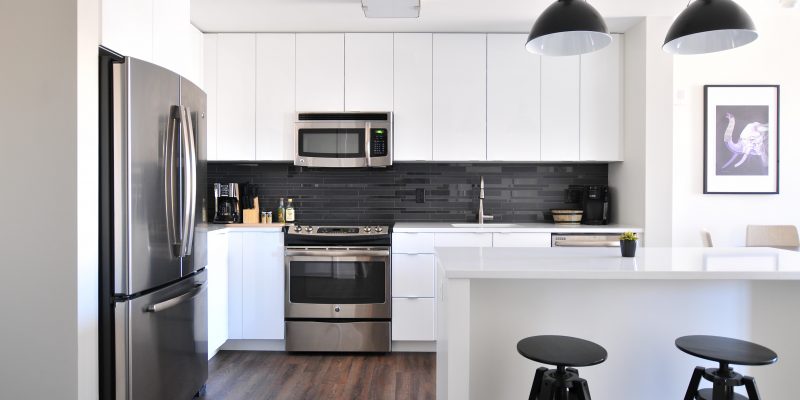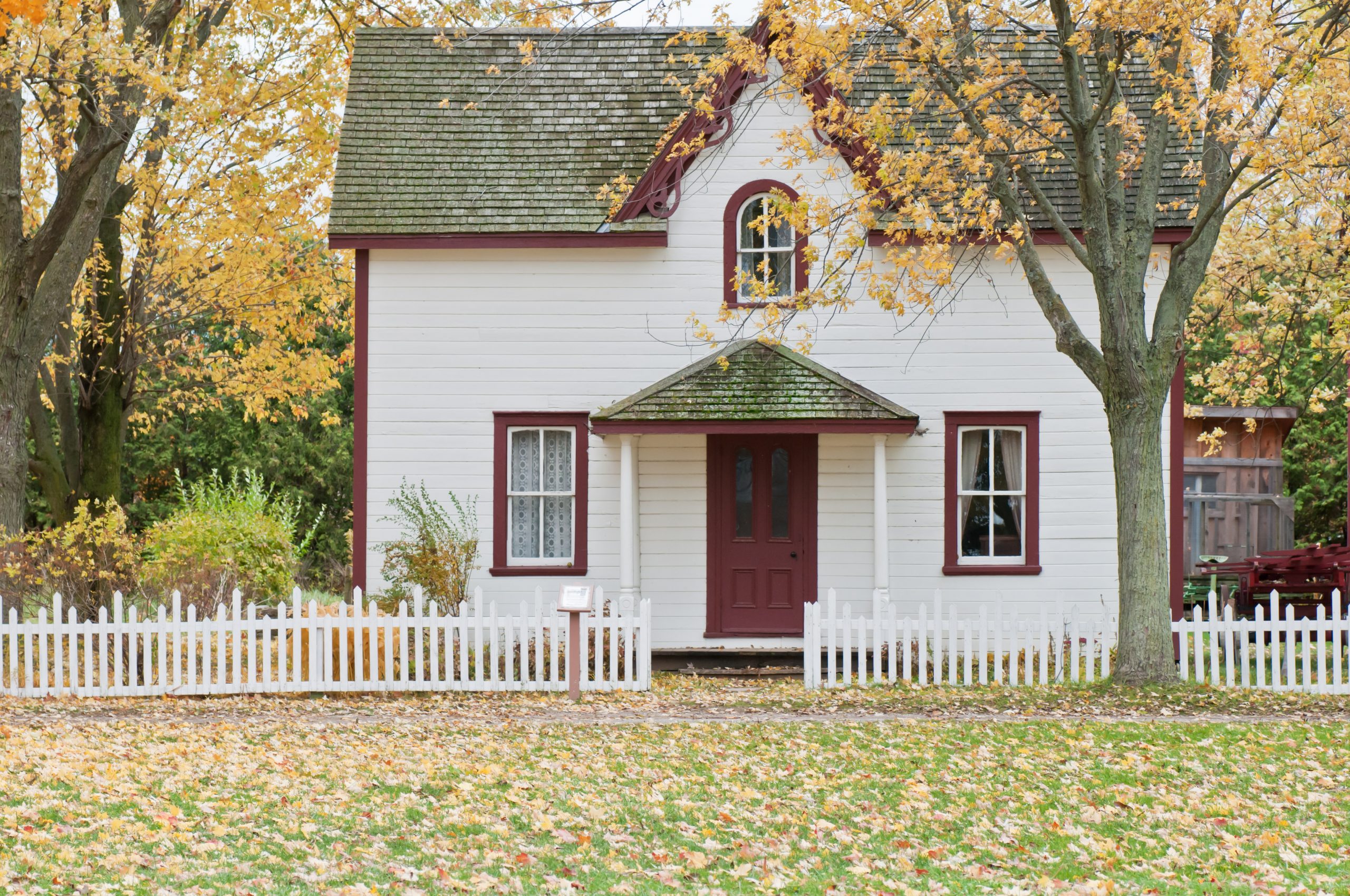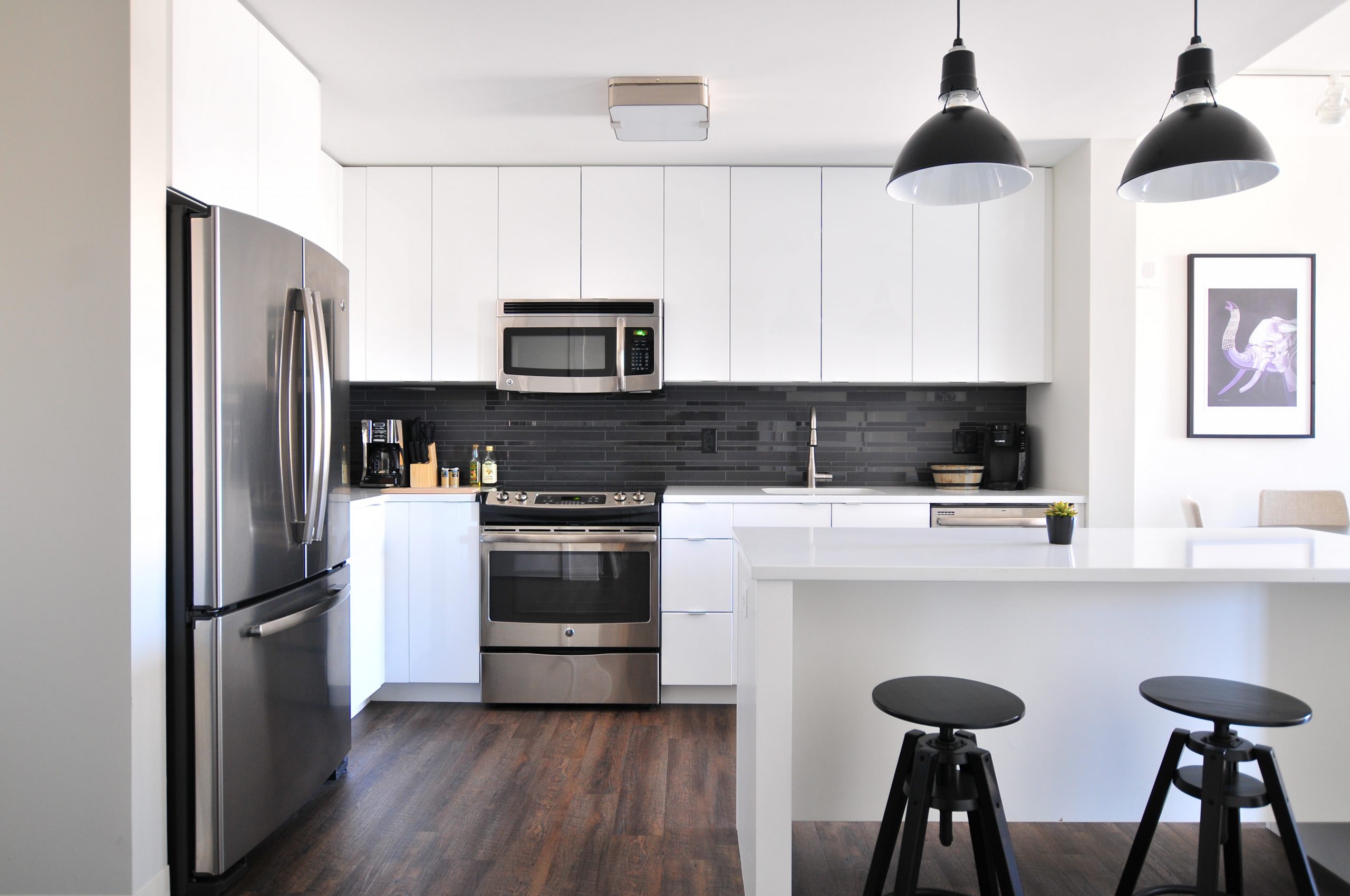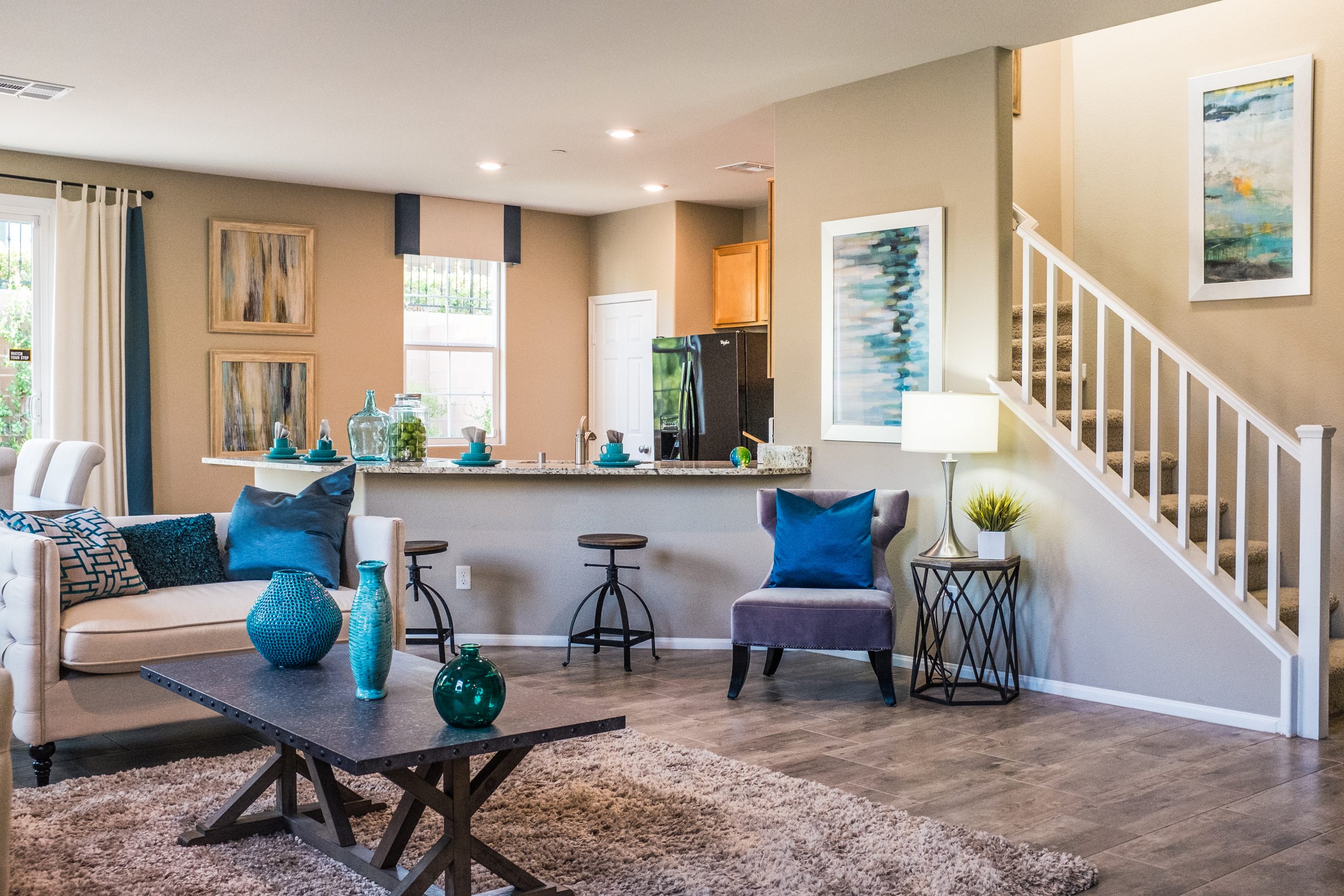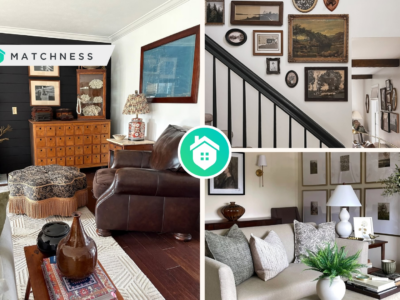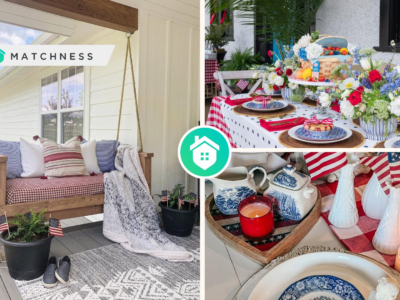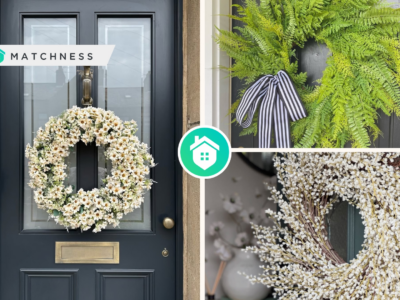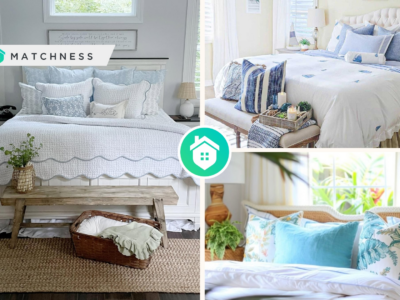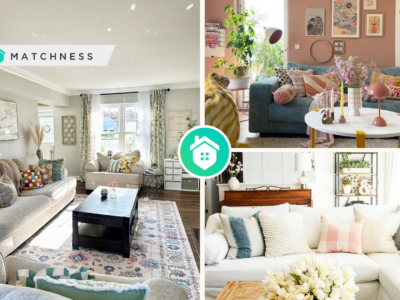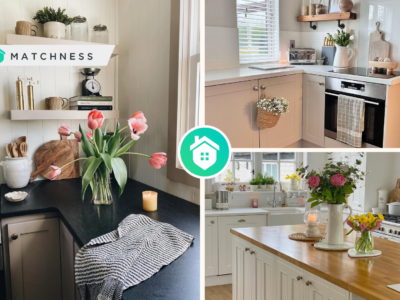Introduction
The key to building a successful home is to work with a reliable and reputable building company. Being acquainted with several Custom Home Builders allows you to work through the specificities of each room to tailor it towards your needs and wants. It’s important to work with one that has ample experience, especially one that has an in-house build process, as they would be the most in tune with your needs. Before you delve straight into it, here are some useful tips to guide you along your building process.
Location
First and foremost, choosing a suitable location should be the first on your checklist. The location of your home should be one you feel the most comfortable and safe in — and perhaps, one that you see yourself falling in love with for the rest of your life. Other considerations include accessibility, such as whether it is close to your workplace, or if it’s located near to other amenities that are essential to you, and if the neighboring areas are to your liking.
One way to test this is to spend some time there (whether it be taking a walk or having a meal) to get a feel firsthand of the vibe of the place. This would help you to form a more well-informed opinion about the place and aid in your decision-making.
Evaluating Your Choices
Next, evaluate the choices you have with respect to your house. For one, decide if you would want to live in a place with a homeowner’s association. Such an association helps to keep order in a community, which might come in useful. However, they can also be quite restrictive in terms of what you can or cannot do to your home. Ensure that you look through all the documents and fully understand the terms and conditions before deciding if the homeowner’s association is suitable for your style of living.
Another choice to make is choosing a suitable contractor. A good contractor should be one that is able to meet your needs, is reputable and trustworthy, and has all the necessary experience. It would be useful to do a background check on your contractor to see if he or she has any bad track records such as quality construction and delivery. Having a good contractor can help to ease the burden of home building tremendously by helping you to liaise with different people in the different phases of building your home and manage all the nitty-gritty details for you.
Considering Amenities
Another thing to evaluate is to see whether the amenities that come with your home is one that suits your needs. Some are standard, while others require upgrades which might add to the total cost of building your home. Upgrading on the amenities that are most suitable for you can make your home more livable and even increase its market value. Two main considerations are the kitchen and bathrooms, where there are the most fixtures and appliances.
Obtaining Permits
After going through all your choices, it is time to get the paperwork in check. Ensure that you have all the permits, floor plans, and other paperwork necessary. This can be done with the help of a contractor.
Building Your Foundation
Having a rough idea in mind, communicate them with your builder so that they would be able to sieve out what you want and do not want feasibility and practically. Working through these beforehand can help you to visualize your ideas in a systematic manner, and you might even come up with an even better idea during the process! One way to do so is also to go for home shows and open houses, to draw inspiration and see for yourself what you like in your living space.
With a pencil and a piece of paper, think: what and how many rooms do you want in your home? What are the non-negotiable must-haves in your house and what would be good to have but not necessary? As you go through the process of ideation and design, you might go over certain components more than once and help you to prioritize what you want in your home. Such information would make the subsequent planning and actual building process much smoother as well.
Coming Up With a Plan
Before getting down with the actual process of building your house, it would be a good idea to have a session with your contractor and look through the blueprints. This would give you an opportunity to fine-tune your design and adjust wherever needed.
It is also good to plan out all the plumbing pipes and electrical wiring of your house at this stage. You would not want to have a case where you are unable to access a faulty pipe or wire because you hid it somewhere in the walls during construction. Plan it out such that it would be practical for you now, as well as your future self. You would want to ensure that there are enough electrical outlets for all your chargers and appliances, or even have built-in USB ports for convenience. Finally, plan the best spots to put studs such that you would be able to design and decorate your space to your liking.
Durability
You would also want your home to be able to stand the test of time in terms of design and space, and grow as you (and your family) grow. Would the home be able to adapt to changes in family size? Would it be able to account for changes in your job in the future? Thinking about how you would want your home to serve your needs five or ten years ahead in the future would help you to better plan and build your dream home.
Form and Function
When the building process begins, it is important to take both form and function into consideration. Eco-friendly homes are on a rising trend, so incorporating smart home features would help you to create an energy-efficient and sustainable home while saving on costs in the long run. This can come in the form of electrical appliances, and even building materials used.
No doubt, the functionality of the home should not come at the cost of its form. Things such as the light, flow, and color of the home make a big part of the vibe of the home. This can in turn affect your mood. Thus, using color psychology is one way to create the most suitable atmosphere in each room of your house. However, this should be done appropriately as many people might fall into the trap of over-customizing their homes. This could result in a fall in the market value of your home, should you decide to sell it in the future.
Finally, adding a touch of outdoor living space in your home is also a good idea. Places like a deck or patio can provide a good space for you and future guests to hang out in, or even get more creative with outdoor showers or even kitchens.
Conclusion
Building your home from scratch may seem daunting but with the above tips, we hope that it makes it easier to get started. Having a rough overall idea and working through it one room at a time with a trustworthy contractor who can handle all the details you want would definitely help in creating your dream home.


